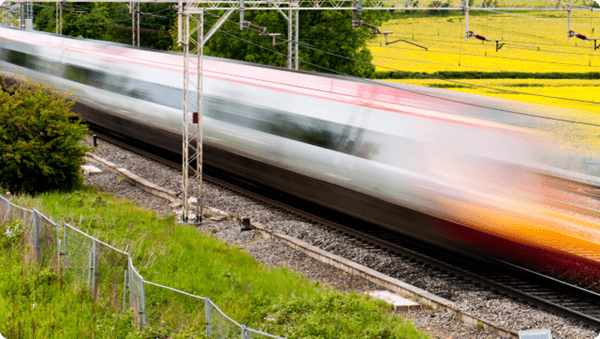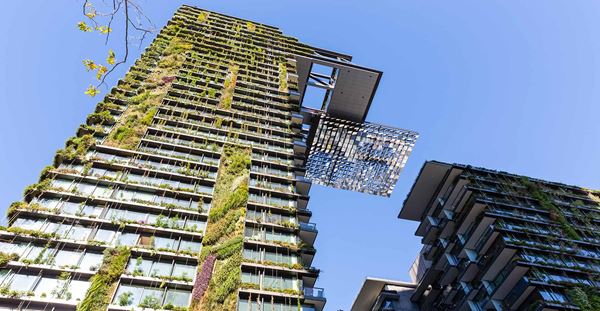In driving the UK’s ambitious Net Zero energy transition, High Voltage Direct Current (HVDC) assets stand as essential enablers. These assets facilitate electricity transmission over long distances with remarkable efficiency, aligning seamlessly with the government's commitments to boost interconnector capacity to at least 18 GW and offshore wind capacity to 50 GW by 2030.
Despite the efficiency of HVDC converter stations in power transmission, significant energy losses persist in the conversion process. The core of this challenge lies in the form of ‘waste heat’, lost to the atmosphere during system cooling . Recently, Arcadis collaborated with SP Energy Networks to delve into the potential of harnessing this waste heat for space heating and hot water systems; an innovative solution to decarbonise our heat supply.
Heat Networks Revolution: Decarbonising UK Heating
District heating networks are emerging as a crucial technology in the grand scheme of heat decarbonisation in the UK. Operating through a web of underground pipework supplied by Energy Centres, these networks can tap into large-scale, low-carbon heat sources (like low-grade waste heat) that individual ‘in-building’ systems can't access. With the UK eyeing a substantial increase in heat network deployment from 2-3% to 18% by 2050, and forthcoming legislation in 2025 to spur heat network 'zones' in major urban centres, the heat network industry gears up for exponential growth.
As heat networks rapidly expand, the pressing need to maximise the utilisation of ambient and waste heat sources intensifies. With the continued surge in HVDC transmission asset development – including their valuable waste heat output – an opportunity blossoms for HVDC asset owners to capture and redirect waste heat to heat networks on a large scale.
Commercial Viability and Technical Optimisation
The study reveals that beyond the social benefits, commercialising the recovery of heat from HVDC assets holds great promise for stakeholders. The viable potential for HVDC heat recovery to supply the annual space heating and hot water needs of nearly 7,400 UK homes from the average HVDC converter station signals a substantial opportunity. Our research pinpoints a two-stage heat exchanger system as the optimal heat recovery technology, paving the way for retrofitting existing HVDC assets and integrating heat recovery capabilities into new ones.
However, navigating the current regulatory 'grey-area' surrounding heat recovery poses challenges. Clarity is needed to unlock the full potential of HVDC heat recovery initiatives, especially with the anticipated heat network regulations in 2025 poised to reshape the landscape. Collaboration between HVDC asset stakeholders and regulatory bodies becomes paramount to align heat recovery projects with evolving regulations, ensuring a seamless integration.
Moving forward, a comprehensive review of the regulatory framework and site-specific feasibility studies will be pivotal in advancing the technical viability of HVDC heat recovery.
To explore further insights and delve into the findings of our comprehensive report, please reach out to Arran Kirkbright.





